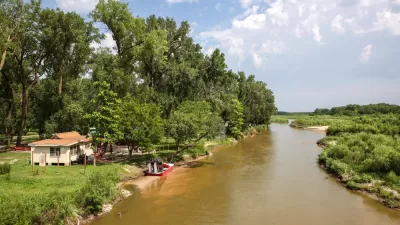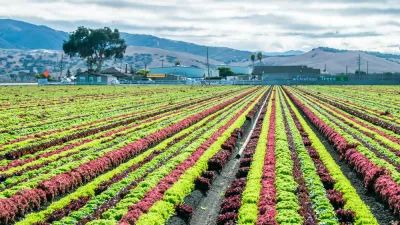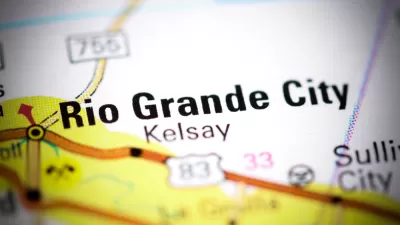As the coronavirus outbreak surges across the country, many rural communities are now seeing an unprecedented spike in infections and hospitalizations.

While most discussions about COVID-19 have focused on cities, many rural communities are actually experiencing increases in infections and hospitalizations. This is very concerning, especially since these areas typically lack the medical personnel and infrastructure to address outbreaks of diseases.
As Will Stone of NPR reports in the source article, "The pandemic's grip on rural America is especially alarming because many of these less populated areas rely on small hospitals, which don't have the beds or staff to absorb a crush of patients, especially those who require high levels of care." Small hospitals have had to transfer patients to major metropolitan areas where they can receive a higher level of care or when there are simply not enough staffed beds.
The surge in rural America is not consistent across the United States. For example, some communities got hit during the spring and summer when there were big outbreaks at food processing plants. The article indicates that rural counties in states like Kansas, Montana, South Dakota, and Nebraska now have some of the highest rates of infections per capita in the country. COVID-19 poses unique challenges for rural areas which tend to have an older population with higher rates of poverty and chronic disease than suburban and urban areas. Also, once the pandemic gets into rural communities, containing the spread can be especially challenging because they don't have the same public health resources and staff as more urban areas.
Planetizen Correspondent Irvin Dawid has also detailed the rural experience of the pandemic throughout the long months of surges and social distancing:
- North Dakota Physicians Plead for State and Local Leaders to Mandate Masks (October 21, 2020)
- Wisconsin in Crisis (October 11, 2020)
- The Changing Geography of the Pandemic (August 27, 2020)
- Pandemic's New Phase: Spreading to Rural and Urban Areas Alike (August 9, 2020)
- Will the Coronavirus Spare Rural America? (April 13, 2020)
FULL STORY: COVID-19 Surges In Rural Communities, Overwhelming Some Local Hospitals

Maui's Vacation Rental Debate Turns Ugly
Verbal attacks, misinformation campaigns and fistfights plague a high-stakes debate to convert thousands of vacation rentals into long-term housing.

Planetizen Federal Action Tracker
A weekly monitor of how Trump’s orders and actions are impacting planners and planning in America.

Chicago’s Ghost Rails
Just beneath the surface of the modern city lie the remnants of its expansive early 20th-century streetcar system.

Bend, Oregon Zoning Reforms Prioritize Small-Scale Housing
The city altered its zoning code to allow multi-family housing and eliminated parking mandates citywide.

Amtrak Cutting Jobs, Funding to High-Speed Rail
The agency plans to cut 10 percent of its workforce and has confirmed it will not fund new high-speed rail projects.

LA Denies Basic Services to Unhoused Residents
The city has repeatedly failed to respond to requests for trash pickup at encampment sites, and eliminated a program that provided mobile showers and toilets.
Urban Design for Planners 1: Software Tools
This six-course series explores essential urban design concepts using open source software and equips planners with the tools they need to participate fully in the urban design process.
Planning for Universal Design
Learn the tools for implementing Universal Design in planning regulations.
planning NEXT
Appalachian Highlands Housing Partners
Mpact (founded as Rail~Volution)
City of Camden Redevelopment Agency
City of Astoria
City of Portland
City of Laramie





























